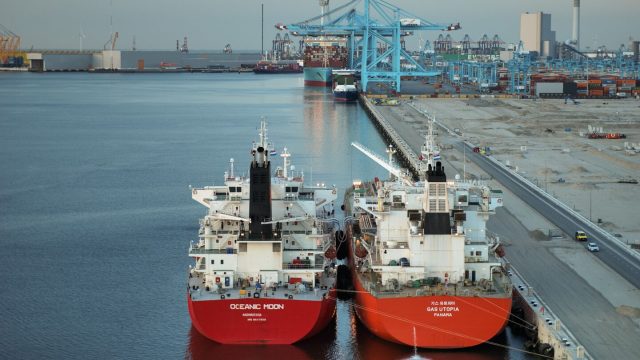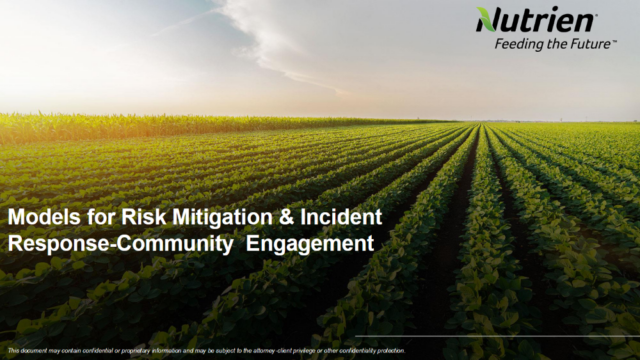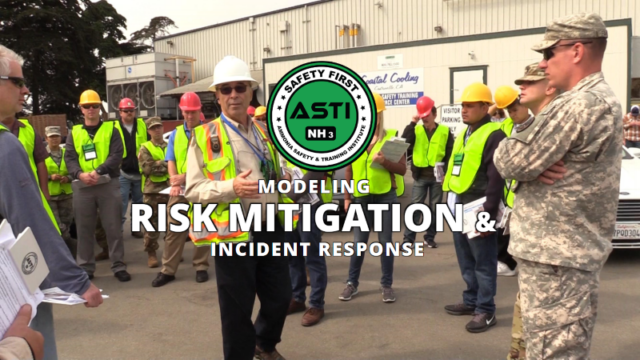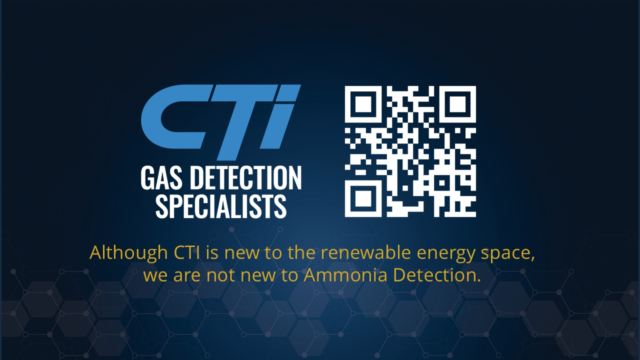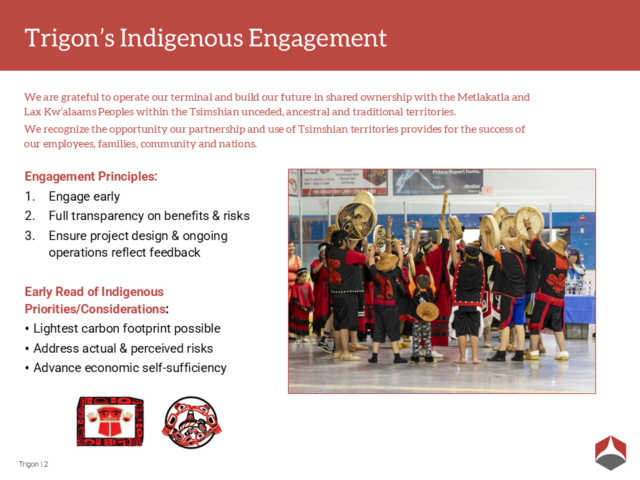Facilitated by the Port of Rotterdam, Trammo, OCI, James Fisher Fendercare successfully completed a ship-to-ship transfer of ammonia between two vessels berthed at APM Terminals Maasvlakte earlier this month. The successful pilot raises the Port of Rotterdam’s “Port Readiness Level” for marine ammonia fuel to the deployment phase.
Public Perception
Presentation
Ammonia for Boilers in Rural Locations
Currently ~4.5 million tonnes of oil are consumed in the off-mains industrial market annually in the UK. These energy-intensive processes contribute to point source emissions of 14.2 MtCO2/y. Businesses and industries in these locations often cannot rely solely on electricity to satisfy their process heating requirements. Decarbonisation of these sites therefore presents a significant and pressing challenge. Therefore, the Amburn project will develop and demonstrate a 1 MW ammonia-fed steam boiler to help decarbonise off-grid businesses across the UK. Funded by the Department for Energy Security & Net Zero as part of the UK Government’s £55m Industrial Fuel Switching Competition,…
